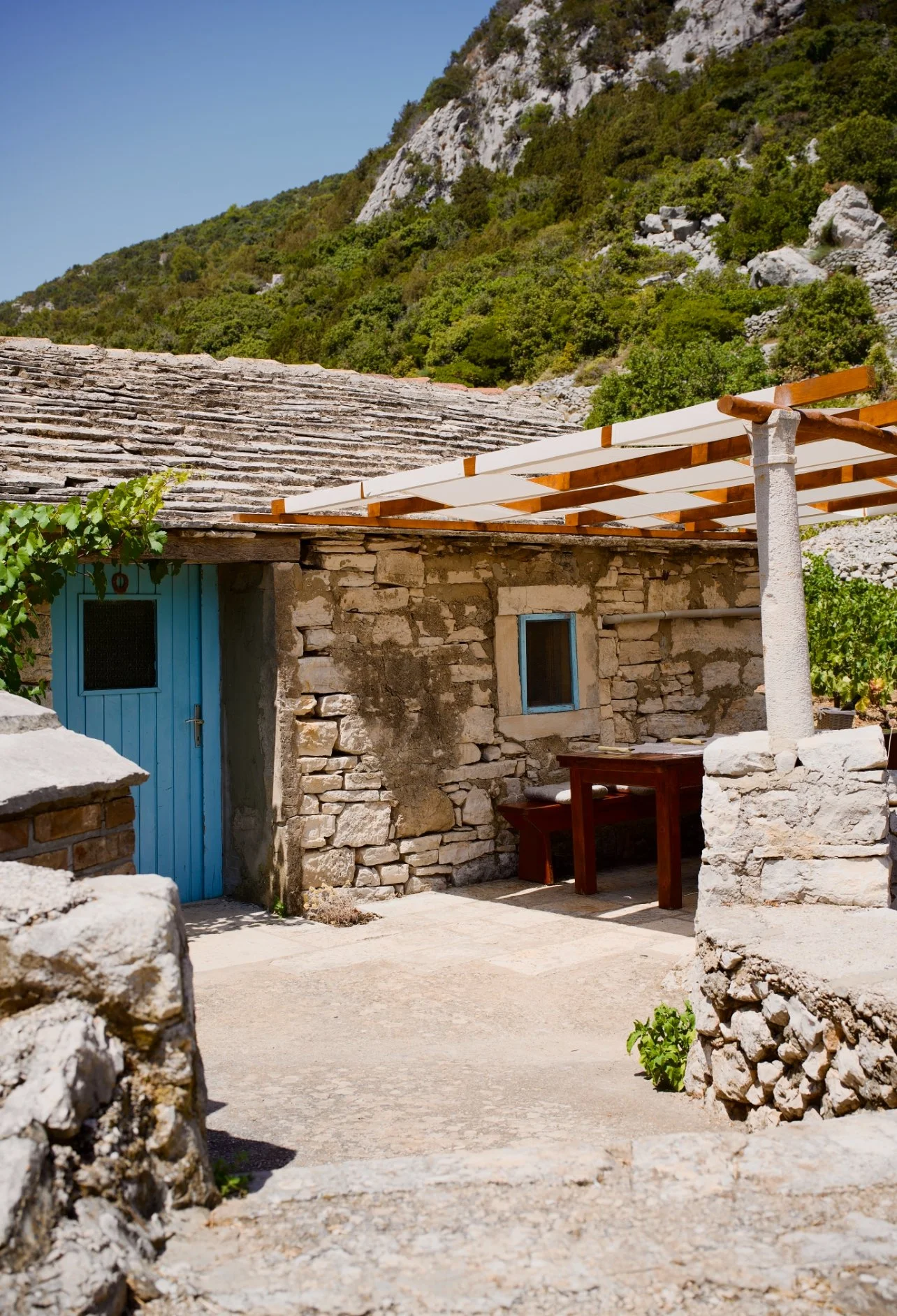Episode 103
Dobar Dan Prieteljie,
Thanks for joining us for this extra special Episode.
Today we are very happy to bring you Pt.3 of the Priče with Bepo series.
You’ll get to hear first hand from Bepo himself, all about his boat Journey to Italy.
After the conversation Uncle Mike and Tony D will walk you through the new vocabulary
Lesson
over, across - preko
To run away - pobječ (Mi smo pobigli.)
To embark,to load, to board - ukracti
Young people - mladih
Several - nekoliko
All together - svi skupa, svi zajedno
Super Slatko Report
In the Super Slatko Report DJ MOE will talk to us about the Croatian Bee native to area, their habitat and some of the amazing honeys that are available to use because of it. What sweet deal!
Hope that this Super Slatko Report finds you well ,wherever you are.
Today I wanted to talk about Croatian Bees and their habitats.
Allow me to introduce you to the Carniolan Bee, aka; Apis Mellifera Carnica. The Carniolan Bee, Carnies for short, are Bees which are a subspecies of the Western Bee. Carnies are indigenous to the area and parts of Eastern Europe. They are well known for their honey production, tolerance to diseases and easy temperament. Carnies are the 2nd most sought after Bee for harvesting Honey, behind the Italian Bee.
These bees are great in many cool ways, but one of the most interesting qualities I came across, is the Bee to nectar ratio. These Carnies are really great at adding or cutting off the amount of help they will need for a given season depending on the available amount of nectar in their surrounding areas.
Ex: Spring shows up and there is lots of nectar, more bees will be produced to harvest it. Winter shows up and nectar is hard to come by, the bees rapidly pull back to help manage their overall bee population.
Regionally speaking, Croatian Bees operate at different times of the year depending on where they live. I came across an excellent research article from 2004 on Bee Keeping which breaks Croatia into 3 regions to help us understand when these Bees are most busy. From North to South we have the;
Pannonian Region - This region is the land locked space that stretches from Osijek And Slavonski Brod in the East to Karlovac in the West.
Mountain Region - this area spans from the Dinaric Alps down to the Velebit Mountain range and everything in between.
Mediterranean Region - Which is closer to the coast, encompassing Istria to Dalmatia and the Adriatic Islands.
The article mentions these regions, I hope I did these regions justice in trying to put them into familiar place context that we can grasp when you look at a map.
The Bee’s in the Pannonian Region, the more continental portion, are active the longest. These bees have the most abundant window of operations than the other two regions. The Bee season in these parts kicks off in February and goes all the way through most of September. There are plenty of flowering plants and trees in this region the bees can utilize such as; Willow, Acacia, Lime, Sweet Chestnut, Sunflowers and Golden Rod and many more.
The Mountain Range Region isn’t as robust in the flowering plant-tree department for the bees to pull from, though there are a few types of flowering fruit trees that they like, such as… Mountain Heather and the big source of honey in the area, Honeydew.
Lastly, the Mediterranean Region near the coast has a shorter flowering period in comparison to the Pannonian Region; due to the Mediterranean’s normally dry climate and low precipitation levels. It makes things tougher on the bees. Because of the mild nature of the climate in this region, plants are able to flower later in the Spring and well into the Summer, ie: fragrant plants like Rosemary. Plants like Lavender and Sage can also bloom in October and November, offering particularly tasty honeys to enjoy as well.
Onto Honey…
The most common variety you will come across is Acacia Honey, honey from Acacia trees. This is apparently the most abundant you’ll find throughout Croatia. It doesn’t have that deep amber color you may be thinking about, it’s much lighter. The flavor profile is lightly sweet and doesn’t crystallize like other Honeys you may have encountered.
As I mentioned before there are the herbal honeys, Lavender, Sage and Rosemary to name a few..
There is also Chestnut Honey, Honeydew Honey, Meadow Honey, Forest Honey, and so many more
If you want to know more there are Tours throughout Croatia you can check out where you will get to see these places first hand, best of all you’ll get to try the honeys 1st hand too! Worth a look as Honey producers can be found throughout Croatia.
And thats it for the Super Slatko Report.






